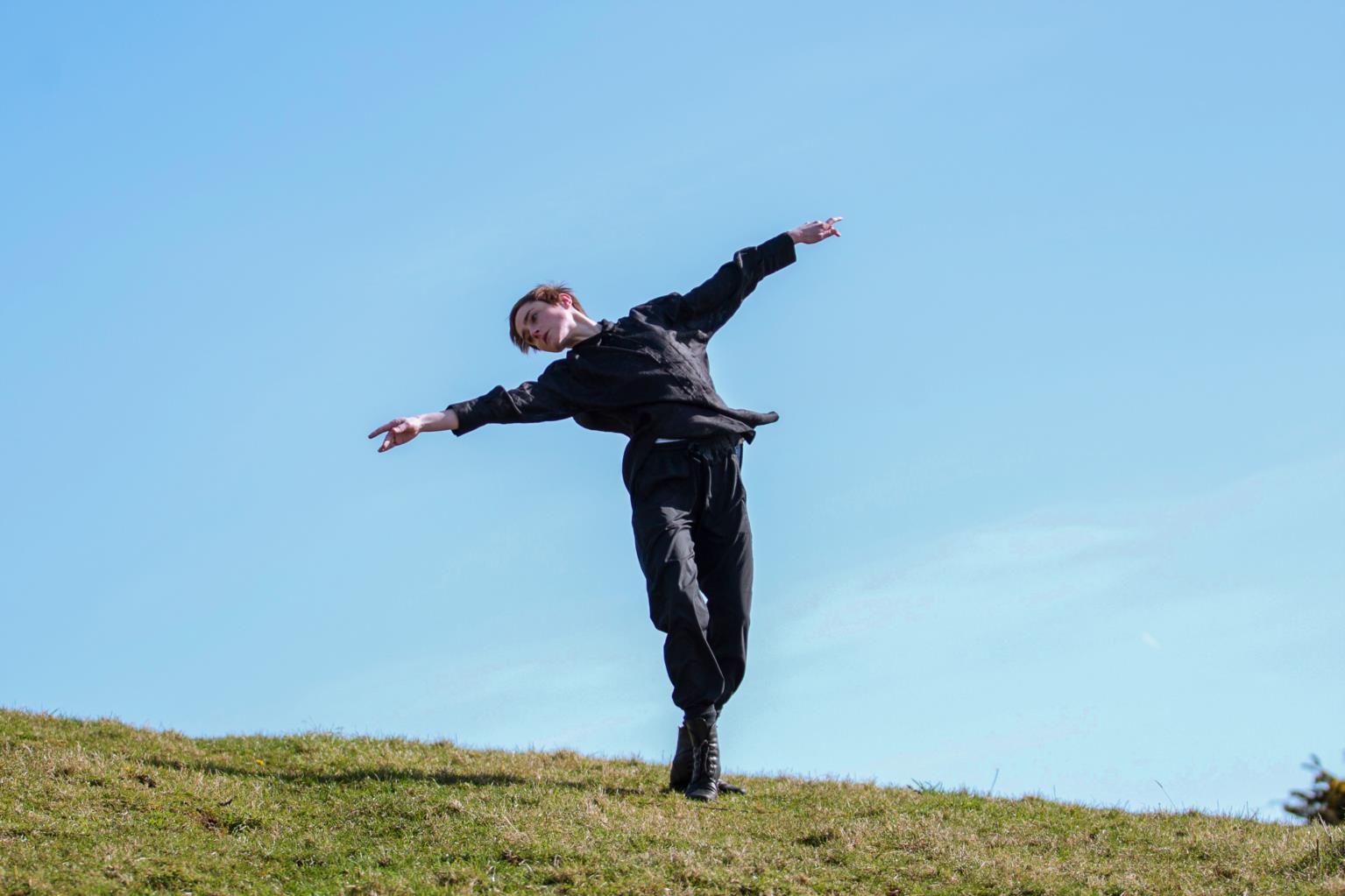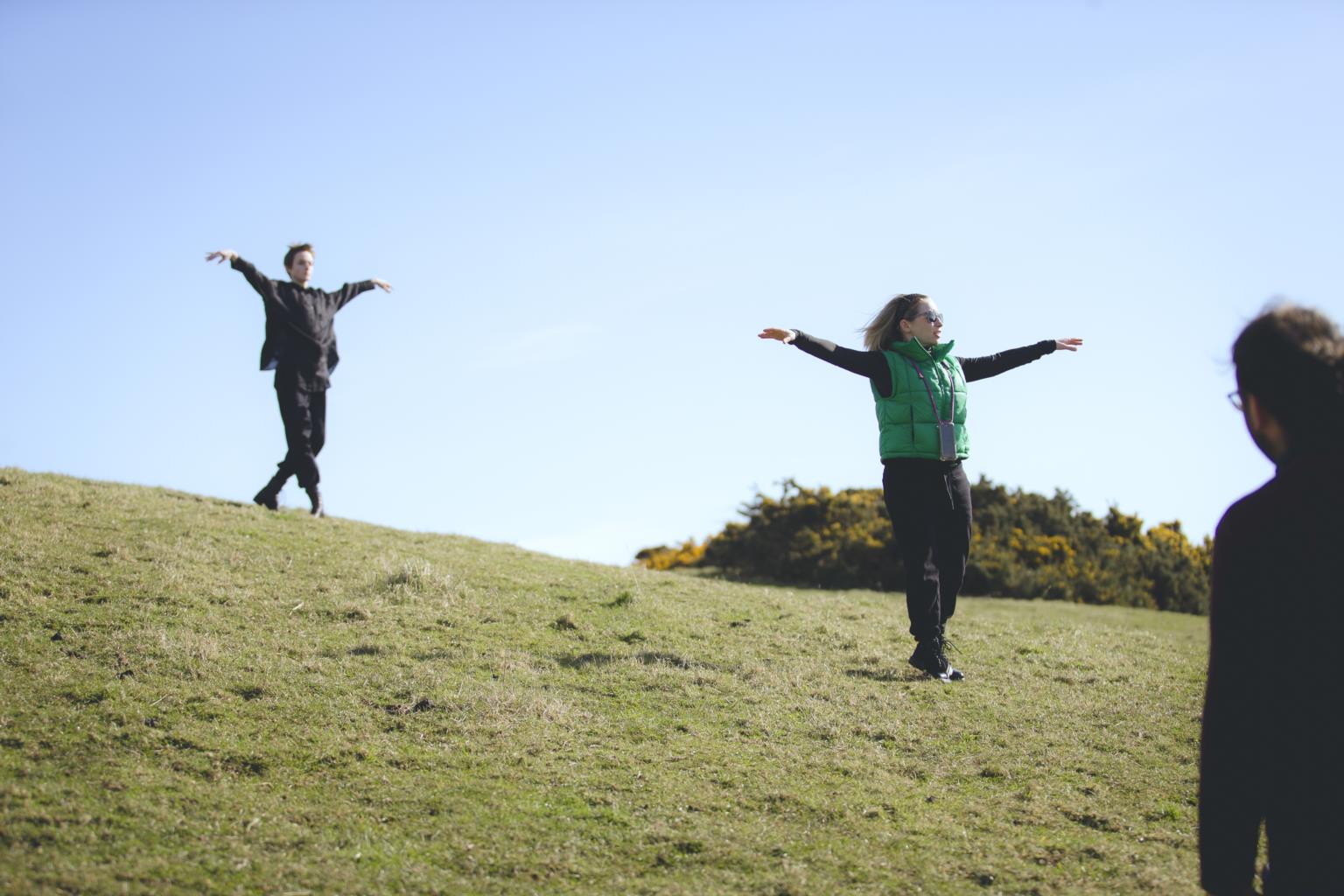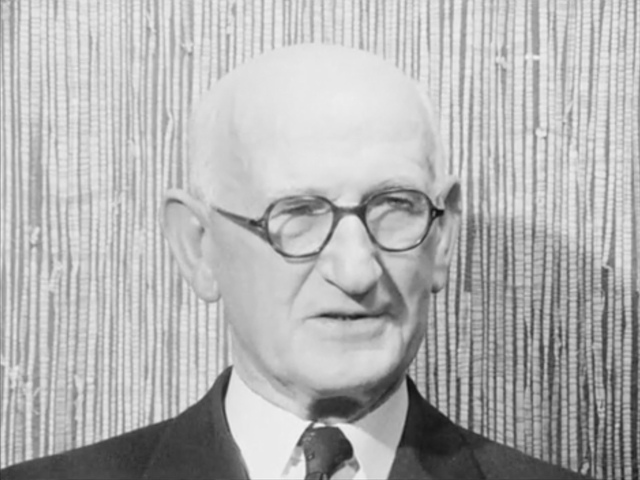Lark
Date: 01/07/2025 09:14
On 1 July 1916, the Battle of the Somme began in Northern France. It would go on to become the First World War’s deadliest battle: over one million men killed or wounded across a devastated landscape, with no decisive outcome. The scale of human loss remains almost unfathomable. Entire generations were wiped out, and families across these islands bore the consequences. For many, the Somme remains a symbol of profound grief, courage and futility.
In 1966, Ulster Television produced With Heart and Hand, a landmark programme marking the fiftieth anniversary of the battle. It featured interviews with veterans and families who shared memories of the trenches and the home front. Their testimonies were captured using analogue equipment, but their emotional resonance still carries across time.
In 2021–22, Northern Ireland Screen’s Digital Film Archive invited artists to creatively respond to this extraordinary archival material. One such response is Lark – a moving Dance for Camera work that reframes a single veteran’s memory into a poetic meditation on fragility, survival and remembrance.

Created and choreographed by Jennifer Rooney, co-directed by Tom Hughes, and performed by dancer Maeve McGreevy, Lark draws on the recollections of an unnamed soldier who spoke of a lark, unexpectedly rising and singing in the midst of bombardment. The delicate and dissonant image became a powerful metaphor. Rooney writes: “Lark is based on the telling of a story of a simple moment of wonder amongst utter devastation and destruction.”
Rooted in this image, Lark finds its expression in movement. The dancer’s body mirrors the songbird: twisted in blast, recovering in flight, grounded in soil. At times she evokes the fallen, forming sculptural shapes that echo the trench dead. Through collaboration with composer and sound designer Garth McConaghie, the film creates a sonic landscape that connects tissue and bone to earth and air, birdsong and bellows layered with low cello tones and abstract metallics. Hughes writes: “A distinctive movement that had been devised were the haunting shapes of the dead in the trenches…allowing Maeve to contort into the fallen forms, leaving the traces behind to form a sculptural memorial to the dead.” McGreevy adds: “Physically, the playing with perspective of bird-body vs. human-body…is where I felt most honestly tied to the lark, our speaker, and those who had been silenced in his story.”

The result is a quiet and powerful act of remembrance. Through its intimate scale and bold formal choices, Lark invites viewers to reflect not on the spectacle of war, but on the moments of humanity and beauty that persist within it.
Producer Anne Donnelly, who commissioned the work for the Digital Film Archive, writes: “The dancer’s body moves in the present-day landscape, disrupted by those seismic and pervasive ripples of global conflict that continue to reverberate down the years…This particular Dance for Camera work brings a female perspective on conflict, helping to open up the stories to new audiences.”

Photo from source interview. © ITV
As part of the broader With Heart and Hand artistic responses, Lark stands as a deeply felt tribute to memory, survival and the symbolic power of the archive. You can watch Lark and the films that inspired it in The Lark Collection, click here